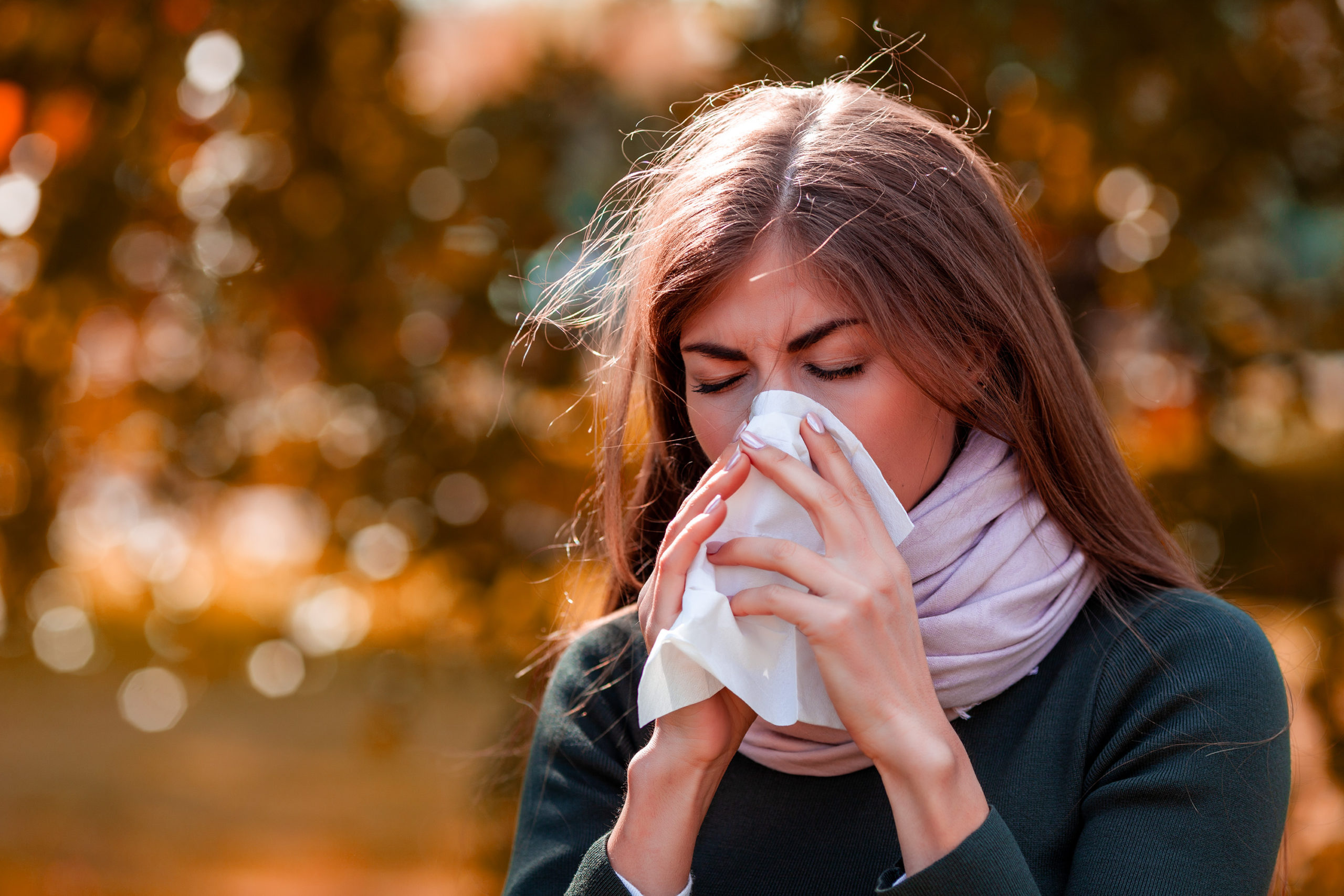
It’s likely you have allergies if you cough, sneeze, or experience other hypersensitive symptoms during specific times of the year. Fall, just like any other season, is a troublesome period for allergy sufferers. Sometimes, it’s difficult to differentiate fall allergens from a cold because the symptoms are almost similar. With seasonal allergies, you’re more likely to experience nasal congestion, runny nose, and thin and clear mucus. They can also cause sneezing and itchy, watery eyes. Understanding the different factors that trigger fall allergies can help you prevent and manage them, so here’s what to know about common fall allergies.
Ragweed Pollen
Ragweed is the most common cause of fall allergies. This plant grows almost everywhere, although it’s more common in the Midwest and East Coast. As it blossoms, it releases pollen grains which can travel far and cause irritation in the local area. Research indicates that one ragweed plant can produce approximately one billion pollen grains that can travel hundreds of miles with the assistance of the wind. These statistics suggest that even people who are living in ragweed-free areas can also experience reactions. If you experience allergy symptoms during the spring because of plants, you are more likely to react to ragweed.
Mold
Mold can also trigger allergic reactions during fall. It commonly grows in damp environments, especially inside your home. However, you can also find it growing outside in areas with wet leaves and rotten logs. This allergen might be the most persistent because it lays dormant throughout the cold weather. People allergic to mold can start to cough or sneeze whenever they contact or come close to the mold. Taking preventive measures like wiping your feet before entering the house keeps this fall allergies-causing agent away. Additionally, check your home for damp areas (especially during the rainy season) and consider using a dehumidifier to control growth.
Dust Mites
This indoor allergen is common in various spots around the house. For example, you can find them on the carpet, furniture, and toys. Dust mites also prefer hiding in moist and humid places like air filters. Turning the furnace on usually helps dust mites and their waste to circulate around the house. The best way to avoid these fall allergens is to keep up on changing your furnace filter to trap dust and allergens. Additionally, make sure to dust and wipe down surfaces regularly that are prone to collecting dust over time.
How to Manage Fall Allergies
Knowing the major elements that cause fall allergies makes it easier to treat and manage them. Some of the most effective techniques to reduce exposure include staying indoors and closing your doors and windows from the morning to midday to prevent pollen from entering the house. Additionally, using a vacuum and air filter throughout the season also ensures that the air around the house remains clean. Finally, consider talking to your allergist about medications or allergy shots to help you manage your symptoms and find relief.
Schedule a Consultation
Allergies can be difficult to live with, but a medical professional can help. To meet with our team and find relief fast, contact WellCare Urgent Care by using our scheduler to either set up a virtual appointment or an in-office visit.



